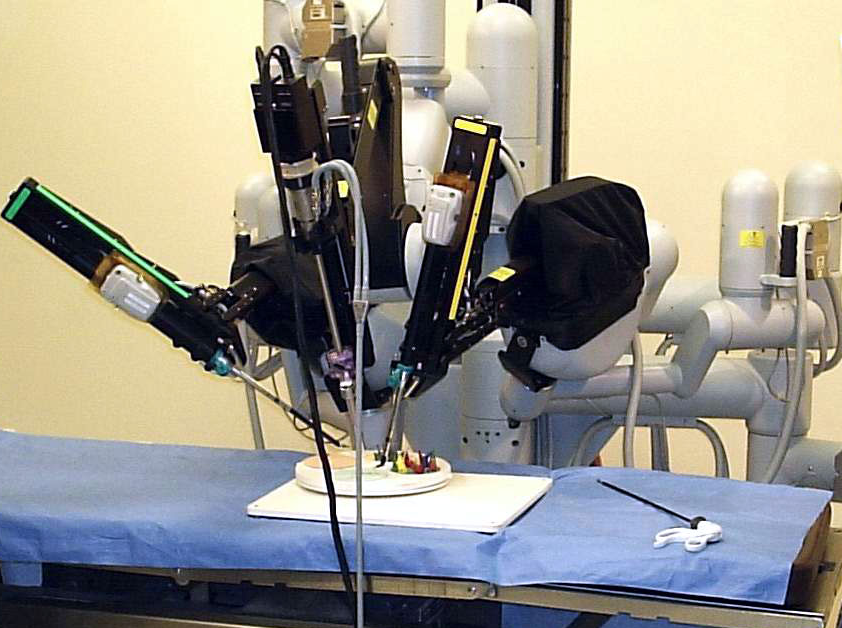
Early dumping syndrome
In healthy people, food moves from the stomach to the intestines over several hours. However, in the case of dumping syndrome, undigested food is transported (or “dumped”) too quickly from the stomach to the first section of the small intestine, the duodenum. Too concentrated chyme (semi-liquid contents of the stomach) causes chemical, physical and osmotic irritation of its mucosa, which, in turn, leads to a sharp increase in blood flow in the small intestine. This process is accompanied by a decrease in blood supply to the brain, lower and upper extremities, as well as hypovolemia, i.e. a decrease in the total volume of circulating blood.
Symptoms of early dumping syndrome include attacks of generalized weakness after eating with a feeling of bloating and distension in the epigastric region. They are usually accompanied by dizziness, tachycardia, shortness of breath, sweating, tinnitus, tremors in the limbs, and blurred vision. Sometimes these symptoms reach such an intensity that a person is simply forced to lie down in order not to fall and lose consciousness. Rapid dilation of the small intestine often causes painful cramps, nausea or even vomiting, as well as osmotic diarrhea.
Early dumping syndrome most often occurs as a complication after surgical interventions, such as gastric resection, esophagectomy (removal of part of the esophagus), gastric bypass surgery, and some others. It is observed in about 15-30% of such patients, and often manifests itself not immediately, but several years after the operation.
Dumping syndrome can also be associated with the anatomical features of the pyloric sphincter between the stomach and duodenum, as well as some diseases that disrupt its normal functioning. It is also possible in such a condition as functional dyspepsia, when, due to the increased contractility of the stomach, its contents enter the duodenum too quickly.
Late dumping syndrome
Late dumping syndrome has a slightly different nature. It is also associated with the accelerated evacuation of gastric contents, but its trigger is that in response to the intake of large amounts of food, especially carbohydrates, the pancreas begins to produce insulin, a hormone that helps the body absorb sugar released from food, very intensively.
Elevated insulin levels lead to a sharp drop in blood sugar levels within 2-3 hours of eating, causing a condition known as food hypoglycemia. It is usually accompanied by the same symptoms as early dumping syndrome: weakness, dizziness, tachycardia, and excessive sweating. A characteristic feature of this condition is a painful feeling of hunger.
Late dumping syndrome is usually associated with diabetes mellitus and some other hormonal disorders, as well as taking certain medications that stimulate pancreatic function. And if the patient also has functional dyspepsia, he or she may experience both early and late symptoms of the disease at the same time.
Basics of diagnosis
To diagnose dumping syndrome, the doctor must first of all collect a complete medical and family history (anatomical defects of the pyloric sphincter are often hereditary), as well as conduct a number of tests.
A special dumping test, which measures blood pressure and heart rate before and after a meal, can detect the early form. If it gives a positive result, the patient may be prescribed an X-ray examination of the stomach with barium contrast or scintigraphy, during which radiopharmaceuticals are added to the food to track its passage through the gastrointestinal tract with a special scanner, to confirm the diagnosis.
Late dumping syndrome, among other things, is detected by a glucose tolerance test. First, the patient’s fasting blood sugar is measured, and then he or she is asked to drink a glass of glucose solution and repeat the measurement after some time (half an hour, an hour and two hours). Too high a blood glucose level (more than 11.0 mmol/L) is considered to be diabetes mellitus, and too low (less than 3.5 mmol/L) may indicate nutritional hypoglycemia and late dumping syndrome.
How to reduce unpleasant symptoms?
In most cases, the symptoms of dumping syndrome can be eliminated by changing your diet and lifestyle. The main rule is not to overeat and not to eat to your heart’s content. Instead of three meals, it is better to eat five or six small meals a day. Too much volume and weight of the stomach contents will put a lot of pressure on the pyloric sphincter, accelerating the transition of chyme to the duodenum.
For the same reason, you should not wash down your food with water. In the case of dumping syndrome, it is recommended to drink enough water and other liquids (up to 1.5-2 liters) throughout the day, but do it only between meals.
You can also help digestion by chewing your food thoroughly. In addition, it is useful to lie down for 10-30 minutes after eating, which will also reduce the load on the pyloric sphincter.
It is advisable to limit or avoid the consumption of white bread, rice, pasta, and foods high in sugar: candy, cakes, fruit juices. It is best to completely avoid sugary sodas and alcohol, as well as reduce the amount of dairy products that are rich in lactose. Instead, it is useful to eat more protein foods: lean meat, fish, tofu, and to include high-fiber foods such as oatmeal, whole wheat bread, beans, lentils, and vegetables.
If dietary changes do not help, you can try to alleviate the unpleasant symptoms of dumping syndrome with dietary supplements, such as pectin or psyllium (the husk of oval or flea plantain seeds, also called isfagula or aspagol), which slow down the rate of food passage through the gastrointestinal tract.
Good results are obtained with the use of products based on guar gum, or gum extract, from Indian acacia seeds, which significantly prolongs gastric emptying time and slows down the absorption of carbohydrates in the small intestine.
In late dumping syndrome, your doctor may prescribe octreotide injections. This medication also reduces the rate of food entry into the small intestine and suppresses insulin secretion, reducing the risk of developing food hypoglycemia.
If dumping syndrome is associated with a previous surgical intervention, the doctor may prescribe a second surgery. However, experts from the
of the US National Institute of Diabetes and Digestive and Kidney Diseases warn that surgical treatment of dumping syndrome is often ineffective. They recommend resorting to it only in extreme cases, when the symptoms of the disease progress, and neither dietary changes nor medication work.



